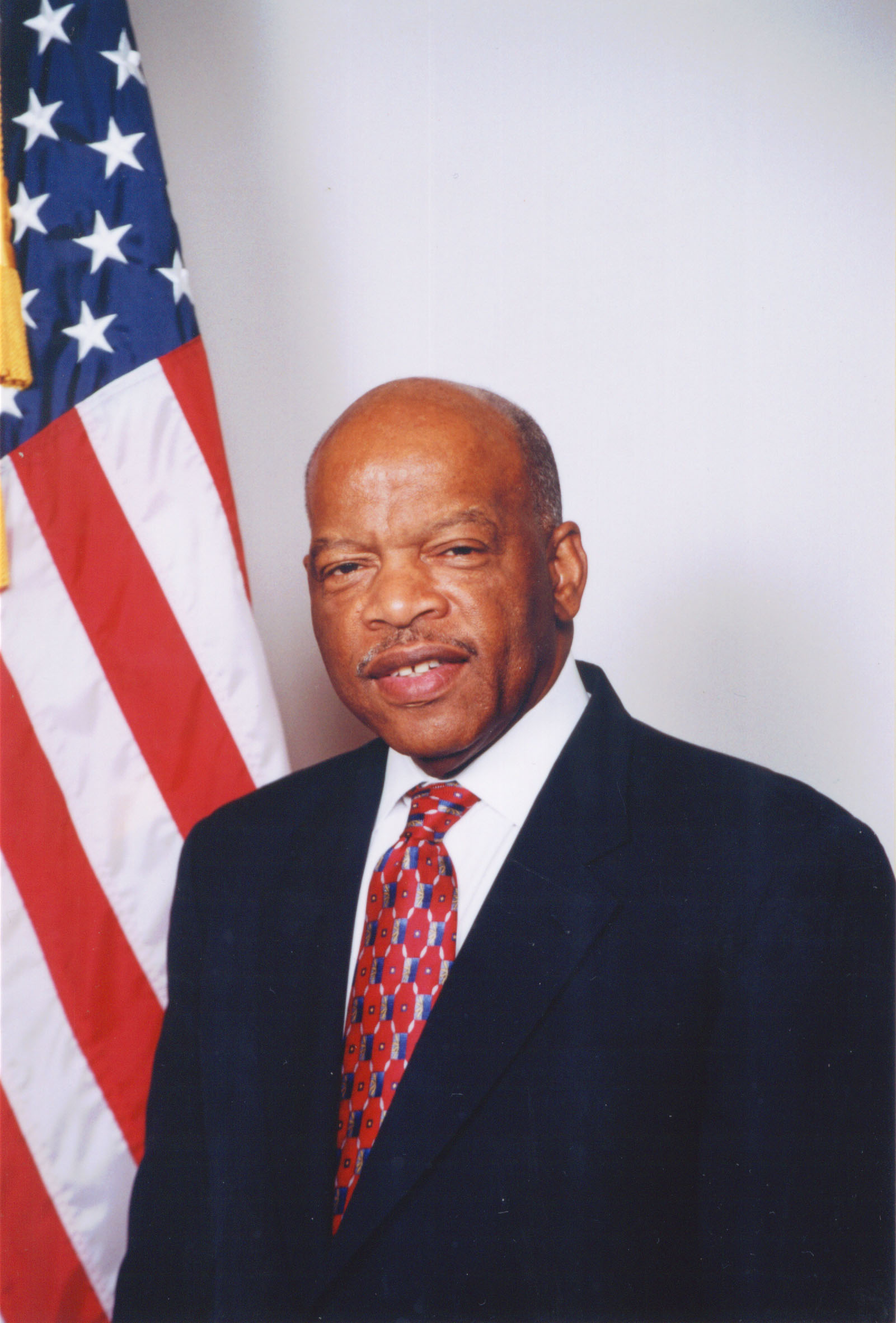The Legacy of the Voting Rights Campaign of 1965
by Congressman John Lewis
In March of 1965, before a Joint session of Congress, President Lyndon Johnson pledged support for federal voting rights legislation with prophetic words: “At times history and fate meet at a single time in a single place to shape a turning point in man’s unending search for freedom. So it was at Lexington and Concord. So it was a century ago at Appomattox. So it was last week in Selma, Alabama.”
Having been stunned by violent scenes of Alabama state troopers beating and tear gassing peaceful demonstrators in what became known as “Bloody Sunday”, President Johnson declared in March 1965 that there was “no cause for self-satisfaction in the long denial of equal rights of millions of Americans”. Televised reports of Selma’s “Bloody Sunday” had prompted worldwide outrage and had provoked numerous protests across the United States. Within five months after delivering the now famous voting rights speech, President Johnson signed the Voting Rights Act of 1965 into law.
In 1965, nearly 1 million Blacks were registered to vote in the eleven southern states of the Old Confederacy. Today, more than 7 million Blacks are registered. There has also been a precipitous increase in the number of Black elected officials. In the early 1960s, there were less than 100 Black elected officials in America. In 1990, Black elected officials number more than 6,000.
In “Bloody Sunday” and the voting rights campaign of 1965, the world witnessed a portentous episode of democratic change. As we observe the 25th anniversary ofthe “Selma to Montgomery March”, we can take pride in the fruits of the nonviolent democratic revolution in the United States. The anniversary also gives us good reason to express optimism about the democratic changes taking place around the world.
In late 1964, Selma emerged as the last major battleground in the nonviolent Civil Rights struggle. It proved an enormous challenge for the strategy of nonviolent protest. In Selma and in many of the counties that surround it, Black voter registration was virtually non-existent because of discriminatory laws and customs. In some counties where Blacks constituted between 50 and 80 percent of the population, none could vote.
Civil rights organizations chose Selma for the voting rights campaign to demonstrate to the nation the need for federal voting rights legislation. While peacefully organizing local citizens to register to vote, we confronted hostile law enforcement officials who were determined to keep Blacks from registering. In Dallas County Sheriff Jim Clark, the nonviolent voting rights campaign found a willing and violent adversary to test the practice of nonviolent struggle. Our goal had been simply to expose Clark’s and Alabama state officials’ brutality in hopes of gaining support for federal voting rights legislation. The strategy worked.
The legacy of the voting rights campaign of 1965 has since echoed in numerous places around the globe. Twenty-five years later, we are celebrating its legacy amidst an unprecedented global outbreak of democracy. Marking anew the “turning point in man’s unending search for freedom,” events in Eastern Europe, Nicaragua, South Africa and the Soviet Union have given rise to new democracies and have initiated the liberation of millions from political repression.
As we become a more multicultural and diverse society, the legacy of the voting rights campaign will become increasingly important. Our future depends on the virtues we learn from history.
Americans can take pride in knowing Selma’s legacy has wrought peaceful democratic change by opening up the political system to millions of previously disenfranchised citizens. The passage of the Voting Rights Act ushered in a new era in American politics. By eliminating discriminatory practices such as the poll tax, literacy tests and other obstacles, millions of Black voters have registered to vote. In 1965, nearly 1 million Blacks were registered to vote in the eleven southern states of the Old Confederacy. Today, more than 7 million Blacks are registered. There has also been a precipitous increase in the number of Black elected officials. In the early 1960s, there were less than 100 Black elected officials in America. In 1990, Black elected officials number more than 6,000.
I feel a particular pride in the achievement of the “Selma to Montgomery March,” knowing that it has brought us closer to attaining the “Beloved Community.” Though I was beaten while leading the “Bloody Sunday” march, I look back on our struggle with satisfaction. As a life-long civil rights activist, I have worked to communicate the vision of the “Beloved Community.” Such a community is free from racism and divisiveness. It is an all-encompassing and all-inclusive community whose members respect the humanity of all individuals. I am pleased that the success of the 1965 voting rights campaign has put us on the path to a true interracial democracy.
Unfortunately, the legacy of racism and discrimination still divides us as a society. Though legal discrimination has been abolished, discrimination stubbornly persists. At the core of discrimination, racism continues to victimize all citizens. The resurgence of racist acts have caused alarm across the country in recent years.
Despite the progress of the past 25 years, racial tension still wields time-warping influence over the city of Selma. The crisis of the Selma public school system is a bitter reminder of how racial tension can frustrate the democratic process and leave its citizens bitterly divided.
The legacy of the “Selma to Montgomery March” tells us that in striving for the goal of democracy, we must move beyond obstacles such as racism and class division. A community at peace with itself has the power to offer its citizens rewarding social and economic opportunity. As we become a more multicultural and diverse society, the legacy of the voting rights campaign will become increasingly important. Our future depends on the virtues we learn from history.

